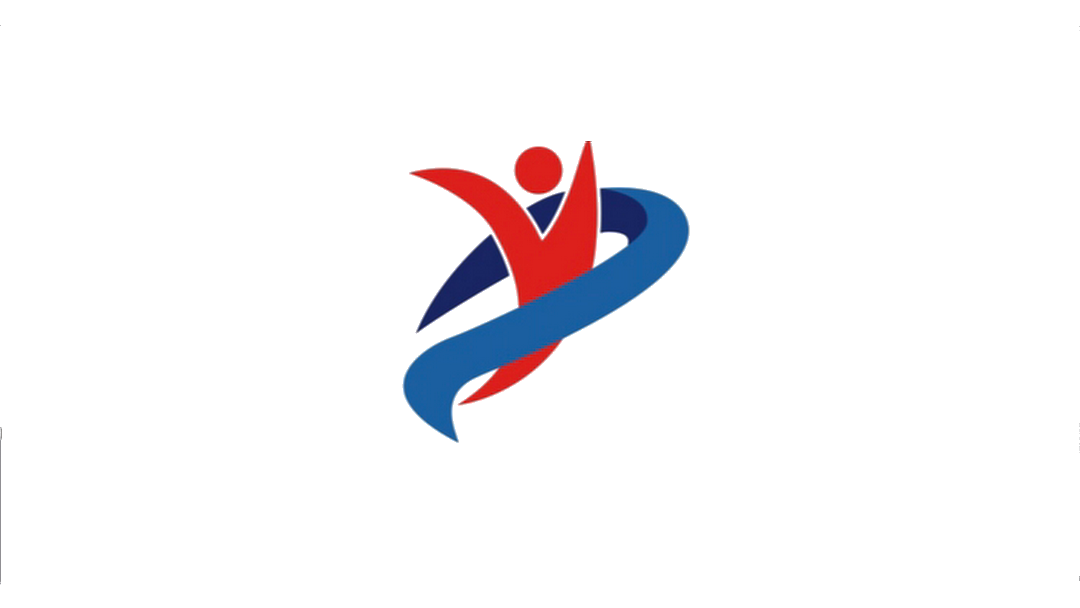
A concussion is a clinical diagnosis associated with biological, psychological, and social factors. Not only women have up to twice the risk for sports-related concussions than men, but female athletes also take longer to recover from concussions than male athletes.
The purpose of this study was to examine gender differences in musculoskeletal and neuromuscular attributes and effects of anticipation and preloads on head kinematics. A combination of size and strength of the neck muscles as well as the timing and magnitude of the muscle responses attribute to head stability. Greater muscle preparatory activation is associated with an attenuated kinematic response to impact as preloading stiffens the neck, allowing for greater energy absorption during impact.
Study Design
A group size of 34 recreationally active participants, 20 men and 14 women, aged between 18 and 30 were included in this study. Participants with a history of previous head/neck injuries were excluded from this study. The researcher measured perturbation, head kinematics including peak angular velocity and movement excursion, muscle size/mass, maximum isometric strength, and muscle activation patterns.
During perturbation, all participants were tested in a sitting position, wearing a close-fitting head-gear that is attached to drop weight via a rope. Upon release, the drop weight generated kinetic energy equaling to 3% of the participant’s body mass. Participants were assessed under 4 conditions: anticipated drop without preload, unanticipated drop without preload, anticipated drop with preload, and unanticipated drop with preload. Participants were provided with a verbal countdown from 10 for anticipated trials, and they were informed that the drop would happen within a 30 seconds window for the unanticipated trials. Participants were blindfolded and were given noise-canceling earplugs. During preload trials, a 0.91 kg weight was used to preload the muscle.
Assessment of head kinematics was calculated through putting markers on participant head and torso using a 3-D motion capture systems and 8 cameras. Peak angular velocity and excursion were calculated during each trial. The researchers obtained neck girth measures from the right sternocleidomastoid muscle using musculoskeletal diagnostic ultrasound. A force transducer was used to measure maximum isometric strength which was assessed in sitting. Surface electrodes were placed in the front of the neck to measure muscle recruitment during maximum voluntary isometric contraction.
Results
Women had smaller neck girth and lower isometric strength than men. Women had greater baseline EMG activity and peak response than men. Women had a greater increase in baseline EMG amplitude with the addition of preload than men. There was a significant sex-by-preload interaction for onset latency, and the preload condition attenuated the sex differences that were present without preload. The anticipation of impulsive loading was associated with a greater increase in baseline EMG amplitude in men than women. Both genders had less angular velocity and excursion of the head in the anticipated condition.
Discussion
Women had greater neuromuscular activation all across anticipation and preload conditions although both genders had similar timing of muscle activation and head kinematics. A preload condition elicited different baseline EMG and muscle onset latency in women and men. Anticipation attenuated head kinematics in both genders and across preload conditions. These findings suggest that men and women may use different strategies to stabilize the head. Men may rely on greater muscle size and strength, and women may rely on greater neuromuscular activation, to achieve similar magnitudes of velocity and excursion. Women increased baseline EMG activity more than men, both in response to the application of preload and in anticipation of impulsive loads. Greater neuromuscular activation may induce more rapid fatigue, a potential explanation for increased risk of concussion amongst female athletes. In-game fatigue was a significant predictor of concussion in hockey players and female ice hockey players were more likely to sustain a concussion under fatigued conditions before an intermission.
Study limitations include the need to look at multi-directional loading, participants of contact sports need to be included, different test positions need to be assessed and testing needs to be done in the real environment instead of a controlled environment. Further research is necessary to examine these relationships.
References
Alsalaheen, B., Johns, K., Bean, R., Almeida, A., Eckner, J., & Lorincz, M. (2019). Women and Men Use Different Strategies to Stabilize the Head in Response to Impulsive Loads: Implications for Concussion Injury Risk. Journal of Orthopaedic & Sports Physical Therapy, 49(11), 779–786. doi: 10.2519/jospt.2019.8760
Image is retrieved from pursuitphysio.com

My brother recommended I would possibly like this website. He used to be entirely right. This publish truly made my day. You can not believe simply how much time I had spent for this information! Thanks!| Genevieve Mic Jenifer